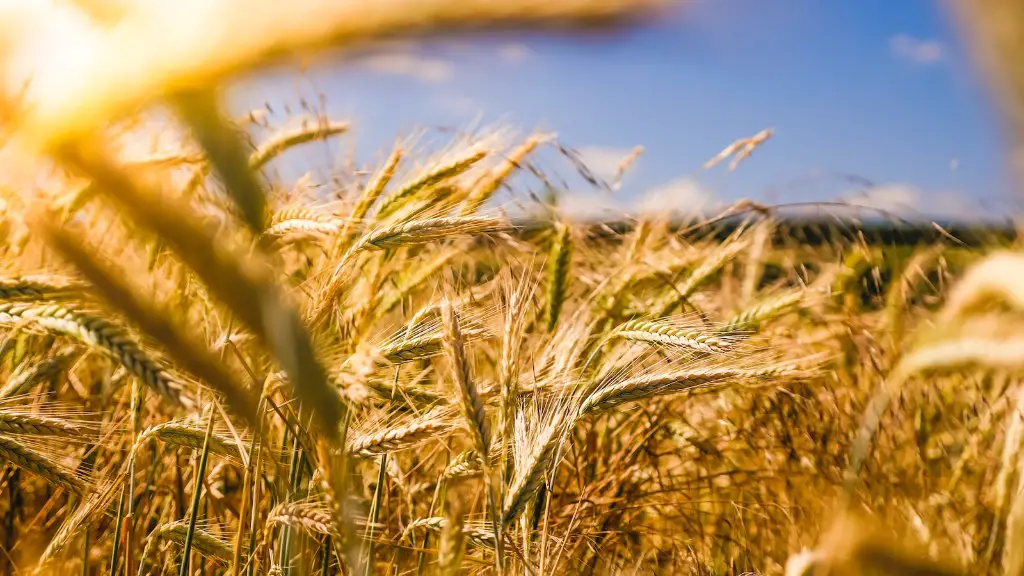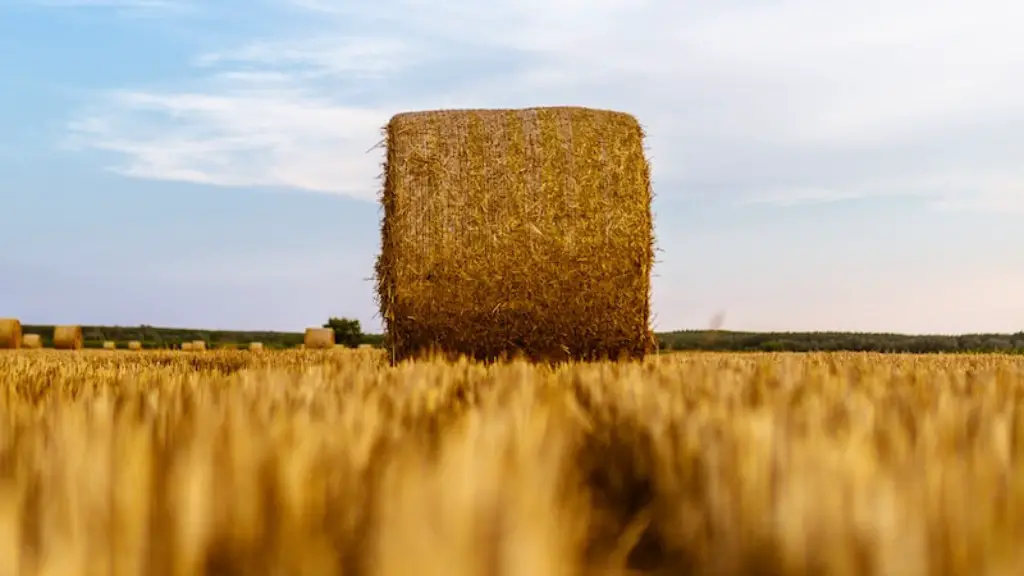Cotton was the chief agricultural crop in the South during the 19th century, with an increasing demand both domestically and abroad. This led to its domination of Southern agriculture at the expense of other cash crops and subsistence farming. The focus on cotton has brought various challenges to the South, including soil depletion, labor problems, severe reliance on insecticides, and economic insecurity.
Soil depletion was a major problem due to the heavy reliance on cotton. In order to promote maximal production, Southern farmers had to clear fields of other vegetation and replant their soil with the same variety of cotton year after year, leading to a gradual loss of fertility in the soil. As the cycles of harvest and replanting exhausted the soil, farmers had to either abandon the land they were growing cotton on or devote more and more resources to fertilizing it.
The heavy demands of labor necessary to tend to the fields of cotton also proved problematic. As cotton production skyrocketed, so did the need for labor, leading to what some historians refer to as the “second slavery.” Low wages mixed with oppressive working conditions resulted in the exploitation of African-American labor on the Southern cotton fields.
Insects posed another challenge that could not be ignored by cotton farmers. The heavy use of pesticides to control insect pests led to soil contamination and increased health risks for those living and working near the cotton fields.
Finally, the Southern cotton economy was poor. The South’s economy depended on cotton as its number one export, which left farmers vulnerable to international commodity prices and other outside forces. They had no way of diversifying their economy, and any sudden changes in global market prices could have devastating repercussions.
Unjust Treatment of Farmers
The focus on cotton during this period saw the emergence of a class of wealthy cotton growers at the expense of small landowners. These large landowners would often outbid or otherwise gain control of the best land, leaving small farmers behind with lower yields and profits.
These small farmers, who operated on a subsistence level, often found themselves in debt due to the high cost of purchasing farm equipment and supplies, largely due to their precariousness in the cotton market. The days of subsistence farming that had been the backbone of the Southern agricultural tradition were becoming increasingly difficult.
Environmental Impact
The growing focus on one particular crop would have an enduring impact on the ecosystems of the Southern states. Cotton farming made use of large amounts of fertilizers, pesticides, and water, which could have damaging effects on the environment. In addition, the soil depletion caused by years of overproduction would have long-term consequences for the soil of the South.
The excessive use of chemical pesticides for cotton farming has caused pollution of groundwater in the area, leading to health concerns for those living in the vicinity of the farms. Furthermore, the runoff from the fields of cotton can pollute nearby rivers and streams, leading to the endangerment of aquatic species.
Economic Dominance
The economic dominance of cotton has had a profound effect on the entire region of the South. As its number one export, the price of cotton can make or break the Southern economy, as was tragically evident during the Great Depression. When cotton prices dropped severely, so too did the fortunes of the Southern economy.
Cotton’s importance in the international market has also caused strain on the domestic industry. The price of cotton has suffered due to increased competition from other global cotton exporters, leading to lower prices and lower profits for Southern cotton producers.
Impact on Blacks
The black population of the South was particularly impacted by the domination of cotton farming. With the focus on one cash crop, the African-American community faced a shortage of job opportunities and were often subjected to low wages and exploitative labor practices.
The advent of sharecropping, the practice of renting land from large landowners in exchange for a share of the profits, also limited their chances for upward mobility. The effects of sharecropping on the black community have been echoed throughout the region into modern times, as family farms were replaced by large-scale industrial agriculture.
Terrible Working Conditions
The working conditions on the cotton fields were often dismal, with low wages and long hours being the norm. The focus on cotton meant that the large landowners could pay the cotton pickers just enough to keep them in debt, while the workers had few other options to make a living. This set up an unequal power dynamic, with both farmers and plantation owners exploiting the labor of the workers.
Furthermore, inadequate safety standards meant that working in the fields could be hazardous for the workers. Accidents involving farm equipment and skin irritations from pesticides and other toxins were commonplace, leading to further exploitation of the workers.
Decline of Subsistence Farming
The gradual shift away from subsistence farming was another result of the focus on cotton. As the large landowners consolidated their power, small-scale farming became increasingly difficult, leading to a decrease in both the quality and quantity of crop production.
The loss of traditional farming techniques and the accompanying knowledge further exacerbated the situation, leaving much of the South reliant on the large-scale cotton farms for their food. This led to a further decrease in the quality of soil, as traditional farming techniques had been much more sustainable and effective in preserving the soil’s fertility.




